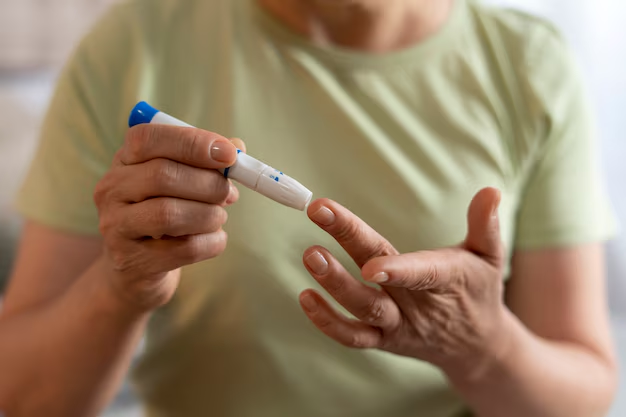Managing Your Health: Here’s How to Test for Diabetes
Recognizing the signs and symptoms of diabetes is crucial for managing your health. Whether you have a family history or are experiencing unusual symptoms, understanding how to test for diabetes can make a significant difference in your long-term well-being. Here's how to start:
Understanding Diabetes Testing
Diabetes tests are essential tools in diagnosing and managing both Type 1 and Type 2 diabetes. There are several methods used to make an accurate diagnosis:
1. Fasting Blood Sugar Test
This simple test measures your blood sugar level after an overnight fast. A blood sample is taken, typically from your arm, and a fasting blood sugar level of 126 mg/dL (7.0 mmol/L) or higher indicates diabetes.
2. A1C Test
Also known as the hemoglobin A1C or glycosylated hemoglobin test, this test provides your average blood sugar level over the past two to three months. An A1C level of 6.5% or higher on two separate tests indicates diabetes.
3. Oral Glucose Tolerance Test (OGTT)
This test is often used to diagnose gestational diabetes, which occurs during pregnancy, but can also be used in non-pregnant individuals. After fasting overnight, your blood sugar level is tested, then you drink a sugary solution, and your levels are checked periodically over the next few hours. A blood sugar level of 200 mg/dL (11.1 mmol/L) or higher after two hours confirms diabetes.
4. Random Blood Sugar Test
In some cases, a random blood sugar test may be used. A blood sugar level of 200 mg/dL (11.1 mmol/L) or higher indicates diabetes, especially if you're also experiencing symptoms such as frequent urination or unexplained weight loss.
Financial Aspects of Diabetes Care
Managing diabetes effectively often involves ongoing medical care, medications, and supplies, which can become financially burdensome. Thankfully, there are various financial assistance programs that can help ease this load:
Government Aid Programs: Programs like Medicaid and Medicare offer coverage for diabetes testing supplies and medications. Check your eligibility to see if you can receive assistance.
Non-Profit Organizations: Groups such as the American Diabetes Association sometimes provide financial aid or support to those struggling with diabetes-related expenses.
Pharmaceutical Assistance Programs: Major insulin manufacturers offer patient assistance programs to help cover the cost of medications.
Health Insurance Premium Assistance: Those with limited income might qualify for health insurance subsidies through government exchanges, making it easier to access necessary treatment.
Educational Grants for Healthcare Management: Some organizations offer grants for diabetes education to help patients better understand and manage their condition, potentially reducing long-term costs.
Taking proactive measures to test for diabetes not only can help manage your health but also pave the way to exploring supportive financial resources. By staying informed and exploring these avenues, you can alleviate some of the economic burden while focusing on your well-being. Here’s a quick summary of resources that may be available:
💳 Financial Support Programs and Resources
- 🏥 Medicare and Medicaid: Coverage for diabetes testing supplies and medications.
- 📚 Non-Profit Support: Financial aid through organizations like the American Diabetes Association.
- 💉 Pharmaceutical Assistance: Medication cost coverage by insulin manufacturers.
- 🌐 Health Insurance Marketplaces: Subsidies for insurance premiums.
- 🎓 Educational Grants: Available for diabetes education and management.
By leveraging these resources, you can ensure that your focus remains on your health and well-being, rather than on the financial implications of managing diabetes.
